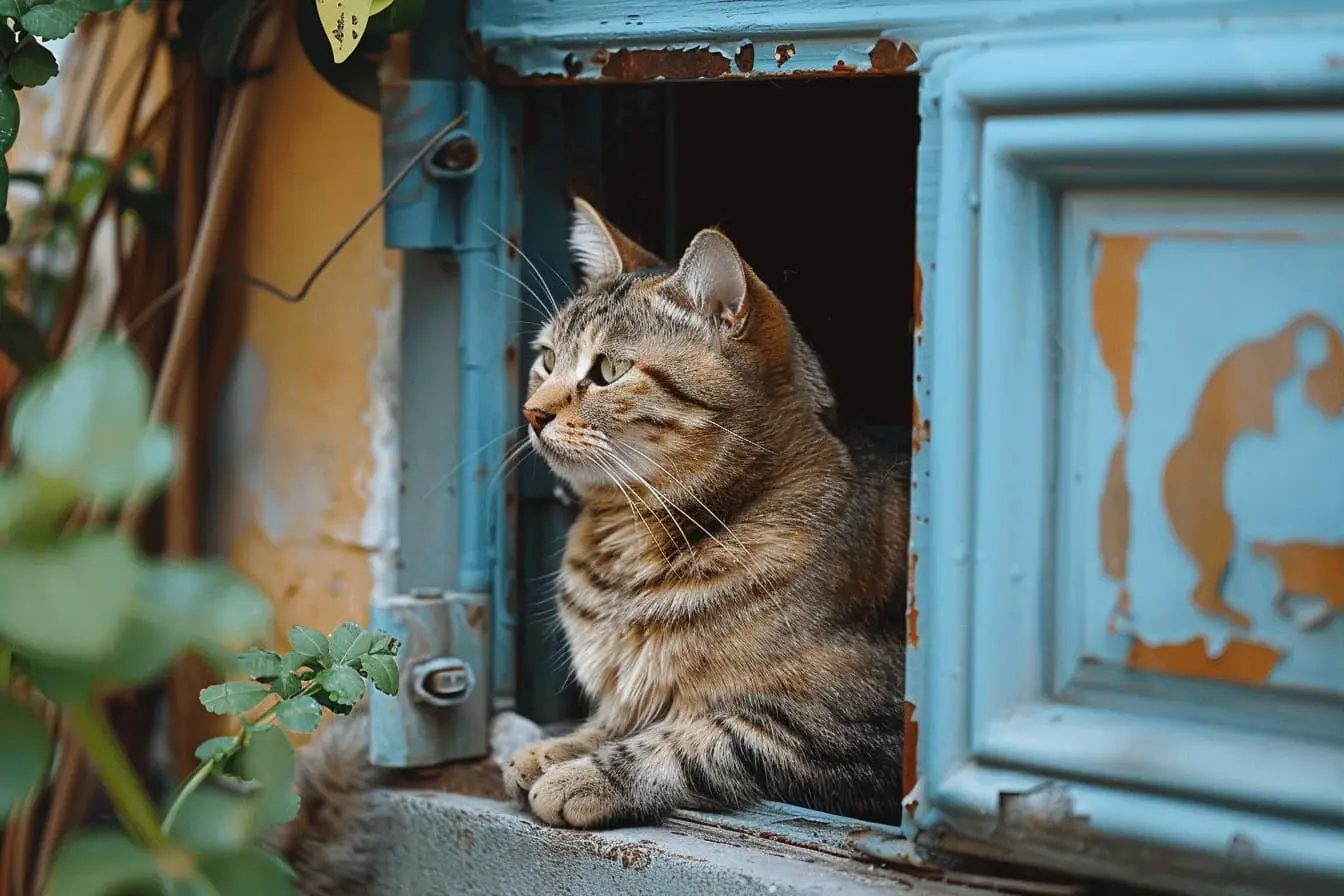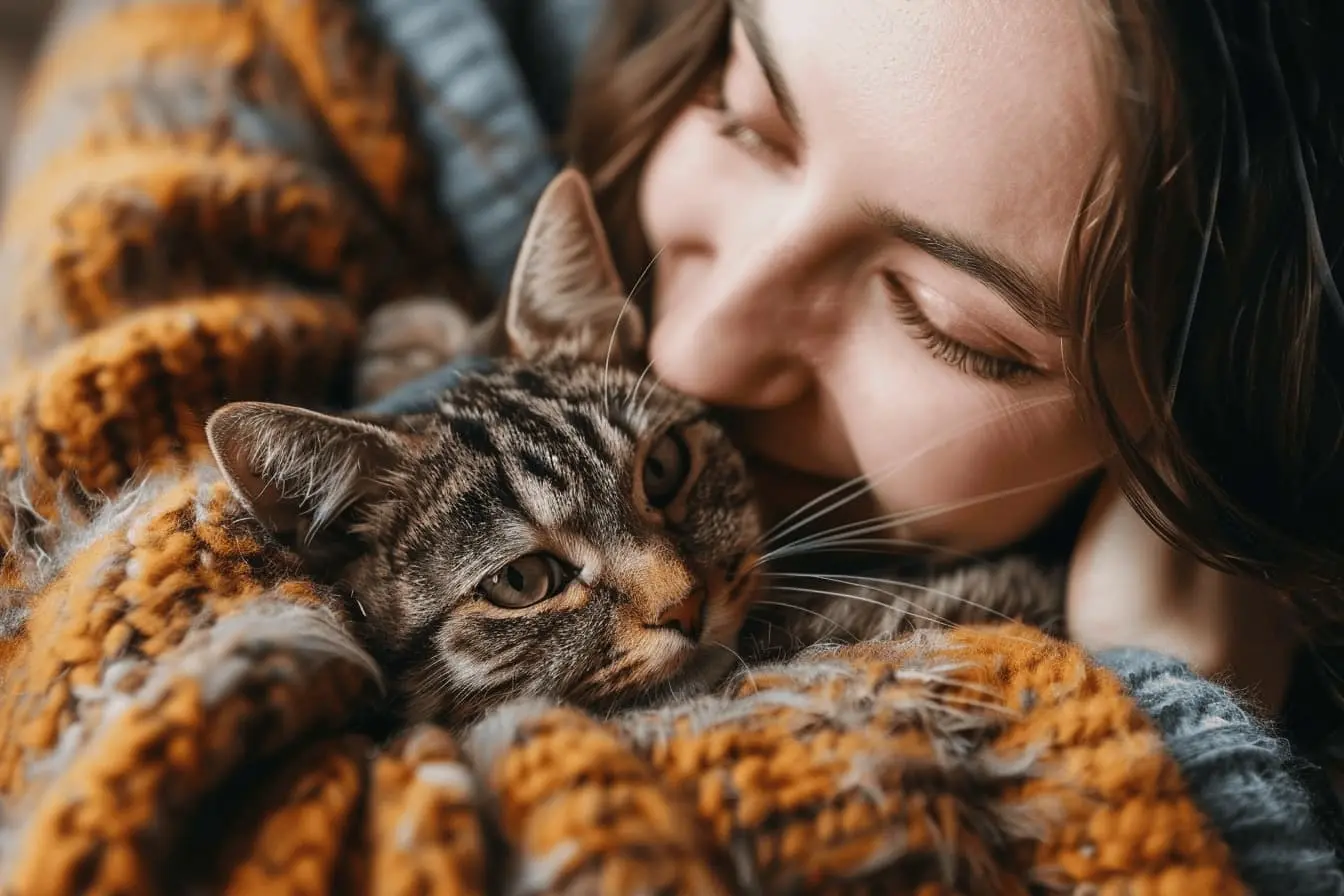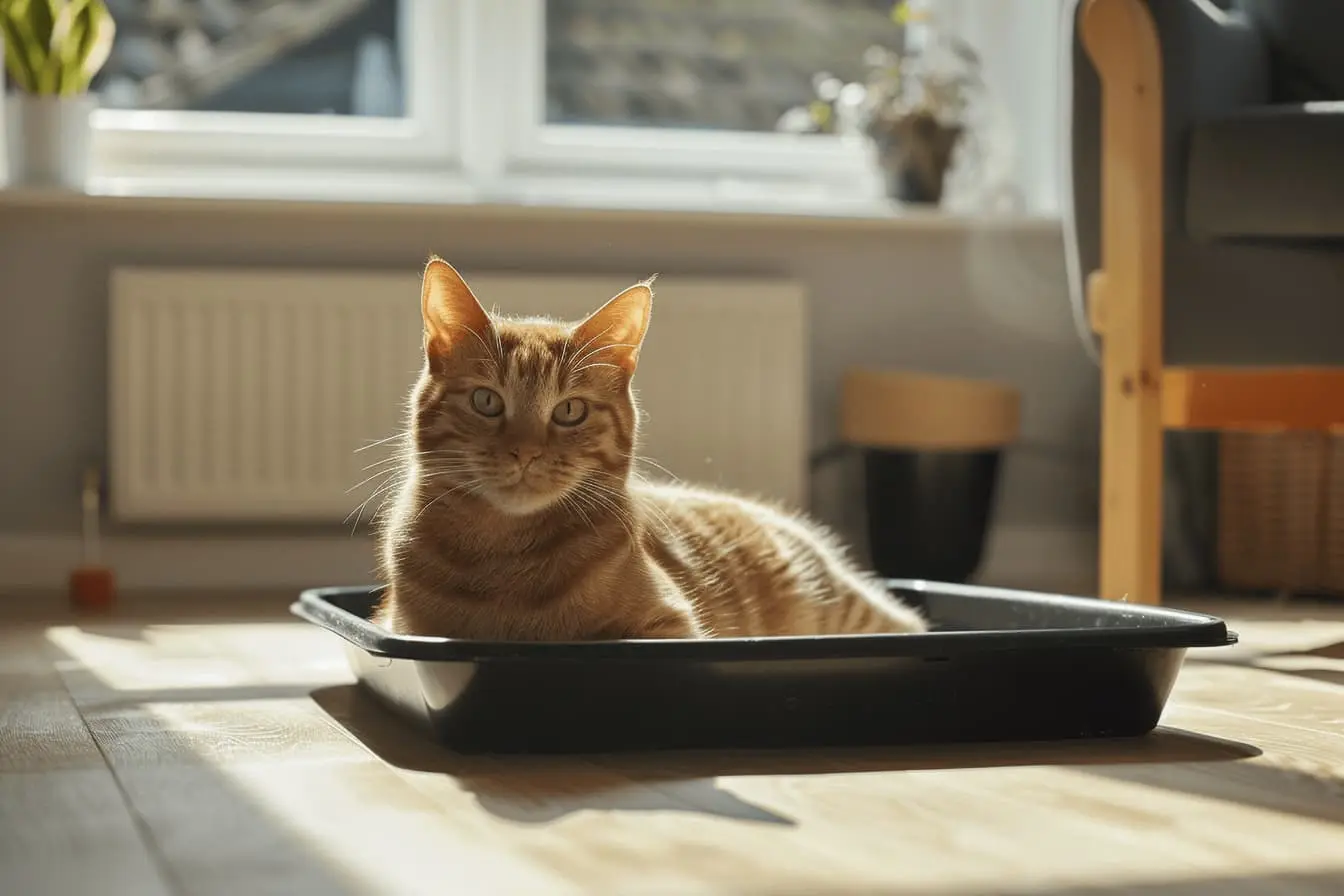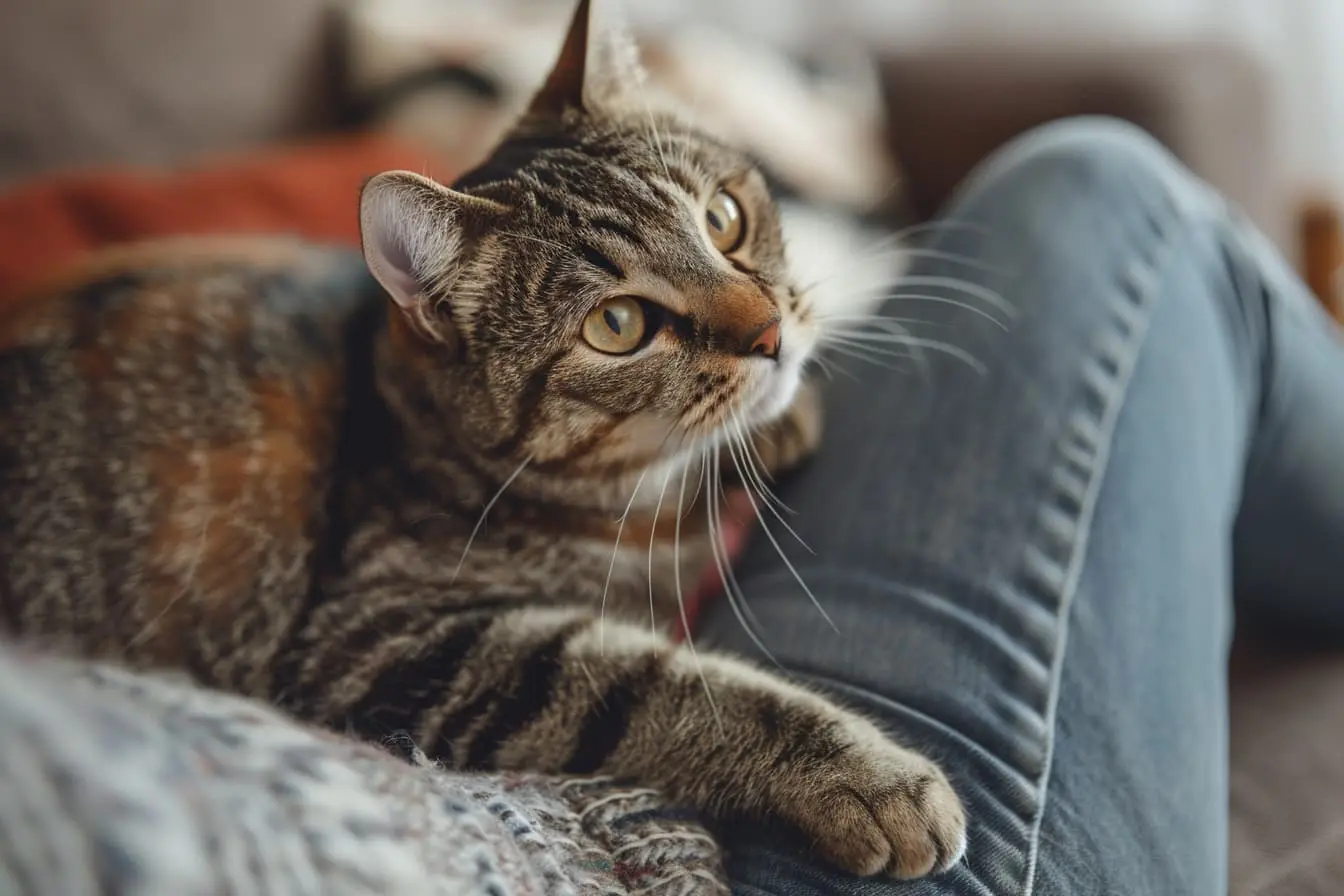
A Guide to Choosing the Right Cat Flap for Your Feline Friend
Welcoming a cat into your home is a joyful experience, filled with cuddles, playful moments, and, inevitably, the decision of how to safely give them the freedom to explore outdoors. A cat flap can provide your furry friend with the independence they crave while ensuring they have a secure way to return home. However, with several types on the market, choosing the right cat flap can seem daunting. This guide aims to simplify the process, detailing the various options available and factors to consider, ensuring you make the best choice for you and your whiskered companion.
Types of Cat Flaps
-
Manual Cat Flaps: These are the simplest and most cost-effective option. They can be locked and unlocked manually, allowing you to control when your cat can go in and out. However, they do not discriminate between pets, meaning other animals could potentially gain access to your home.
-
Magnetic Cat Flaps: These require your cat to wear a collar with a magnetic key that unlocks the flap as they approach. This helps prevent other animals from entering your home but does not distinguish between your pets if you have more than one.
-
Microchip Cat Flaps: These high-tech flaps read your cat's existing microchip, allowing only recognised pets access. This is particularly useful for households with multiple pets, ensuring only your animals can use the door. They are more expensive but offer a high level of security and convenience.
-
Infrared Cat Flaps: Similar to magnetic flaps, these use an infrared collar key to unlock the flap. They offer slightly more security, as the infrared signal can be coded uniquely to your cat. However, they still require your cat to wear a collar, which some owners (and cats!) may not prefer.
Factors to Consider
-
Security: Consider the level of security you need. If you're concerned about other animals entering your home, a microchip or infrared cat flap might be the best option.
-
Convenience: Think about how much control you want over your cat's comings and goings. Manual flaps require you to physically lock and unlock them, whereas magnetic, infrared, and microchip flaps offer more automated control.
-
Compatibility: Ensure the cat flap is compatible with your door. Most can be installed in wooden, PVC, metal doors, and even walls or glass, but the installation process and cost can vary.
-
Energy Efficiency: Consider the cat flap's insulation properties, especially if you live in an area with cold winters or hot summers. Some flaps are better insulated than others, helping to keep your home's temperature stable.
-
Budget: Your budget will play a significant role in your decision. Manual flaps are the most affordable, while microchip and infrared options are at the higher end of the price spectrum.
Installation and Training
Once you've chosen the perfect cat flap, proper installation and training are key to ensuring your cat uses it confidently. Follow the manufacturer's instructions carefully or consider hiring a professional if you're not comfortable installing it yourself. Gradually introduce your cat to the flap, using treats and patience to encourage them to pass through it independently.
Conclusion
Choosing the right cat flap for your pet ensures they can explore the great outdoors while giving you peace of mind about their safety and your home's security. Whether you opt for a simple manual flap or a high-tech microchip version, the most important thing is that it works for your lifestyle and your cat's needs. With the right approach, your cat will be enjoying their newfound freedom in no time.
Vets near you
Speciality vets
- Aquatics vet specialists
- Birds vet specialists
- Camelids vet specialists
- Cats vet specialists
- Cattle vet specialists
- Deer vet specialists
- Dogs vet specialists
- Equines vet specialists
- Exotic vet specialists
- Goats vet specialists
- Pigs vet specialists
- Poultry vet specialists
- Sheep vet specialists
- Small Mammals vet specialists
- Wild vet specialists



